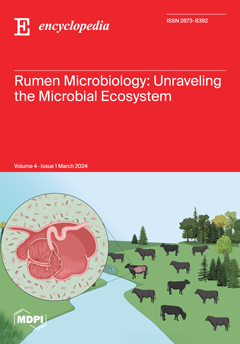Nematophagous fungi (NFs), which are responsible for soil suppression of plant-parasitic nematodes, are multitrophic biocontrol agents. This raises the question of the transition between lifestyles (e.g., endophytism vs. egg parasitism). The NF
Pochonia chlamydosporia colonises food crops and promotes their growth and yield.
[...] Read more.
Nematophagous fungi (NFs), which are responsible for soil suppression of plant-parasitic nematodes, are multitrophic biocontrol agents. This raises the question of the transition between lifestyles (e.g., endophytism vs. egg parasitism). The NF
Pochonia chlamydosporia colonises food crops and promotes their growth and yield. When colonising the plant,
P. chlamydosporia induces the plant immunity (PI). However, it also evades the PI. To do this, both endophytic NF and pathogenic fungi (PF) secrete LysM effectors (LysM-effs). LysM effectors have been shown to have diverse functions in different organisms, including the protection of fungal chitin from plant chitinases.
P. chlamydosporia is resistant to chitosan, which modulates gene expression in fungi and plants and has antimicrobial properties.
P. chlamydosporia chitin deacetylases (CDA) and chitosanases (CSN) also help
P. chlamydosporia evade plant immunity, resist exogenous chitosan, and are induced during fungal infection of nematode eggs. NF-chitosan formulations are new biomanagement tools against plant parasitic nematodes, fungal wilt pathogens and insect pests that currently threaten food security crops. Furthermore, omics techniques are useful tools to elucidate the role of CDAs, CSNs, LysM-effs, adhesion proteins and carbohydrate-active enzymes in pathogen–BCA–plant interactions, adhesion and infection to nematode eggs and their modulation by chitosan.
Full article



